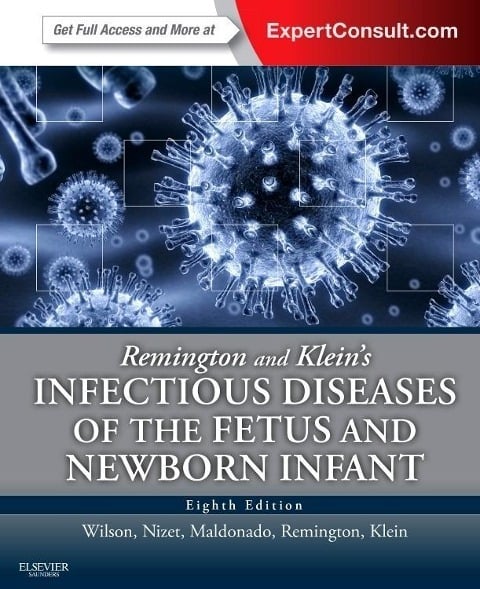
Healing Lyme Disease Coinfections
Kurzinformation
inkl. MwSt. Versandinformationen
Artikel zZt. nicht lieferbar
Artikel zZt. nicht lieferbar

Beschreibung
Each year Harvard researchers estimate there are nearly 250,000 new Lyme disease infections--only 10 percent of which will be accurately diagnosed. One of the largest factors in misdiagnosis of Lyme is the presence of other tick-borne infections, which mask or aggravate the symptoms of Lyme disease as well as complicate treatment. Two of the most common and damaging Lyme coinfections are Bartonella and Mycoplasma. Nearly 35 million people in the United States are asymptomatically infected with each of these pathogens, and at least 10 percent will become symptomatic every year--with symptoms ranging from arthritis to severe brain dysfunction. Distilling hundreds of peer-reviewed journal articles on the latest scientific research on Bartonella, Mycoplasma, and Lyme disease, Stephen Buhner examines the complex synergy between these infections and reveals how all three can go undiagnosed or resurface after antibiotic treatment. He explains how these coinfections create cytokine cascades in the body--essentially sending the immune system into an overblown, uncontrolled response in much the same way that rheumatoid arthritis or cancer can. Detailing effective natural holistic methods centered on herbs and supplements, such as the systemic antibacterial herb Sida acuta, which acts to protect blood cells from invading organisms, he reveals how to treat specific symptoms, interrupt the cytokine cascades, and bring the immune system back into balance as well as complement ongoing Lyme disease treatments. von Buhner, Stephen Harrod
Produktdetails

So garantieren wir Dir zu jeder Zeit Premiumqualität.
Über den Autor
Stephen Harrod Buhner is an Earth poet and the award-winning author of ten books on nature, indigenous cultures, the environment, and herbal medicine. He comes from a long line of healers including Leroy Burney, Surgeon General of the United States under Eisenhower and Kennedy, and Elizabeth Lusterheide, a midwife and herbalist who worked in rural Indiana in the early nineteenth century. The greatest influence on his work, however, has been his great-grandfather C.G. Harrod who primarily used botanical medicines, also in rural Indiana, when he began his work as a physician in 1911. Stephen's work has appeared or been profiled in publications throughout North America and Europe including Common Boundary, Apotheosis, Shaman's Drum, The New York Times, CNN, and Good Morning America.

- Gebunden
- 360 Seiten
- Erschienen 2018
- Wiley-VCH

- Gebunden
- 221 Seiten
- Erschienen 2013
- VAK

- paperback
- 248 Seiten
- Erschienen 2000
- Healing Arts Press

- paperback
- 144 Seiten
- Erschienen 2023
- Independently published

- hardcover
- 452 Seiten
- Erschienen 2006
- Cambridge University Press

- hardcover
- 1160 Seiten
- Erschienen 2008
- Elsevier Science

- hardcover
- 304 Seiten
- Erschienen 2015
- Avery

- Gebunden
- 1253 Seiten
- Erschienen 2015
- Saunders




































